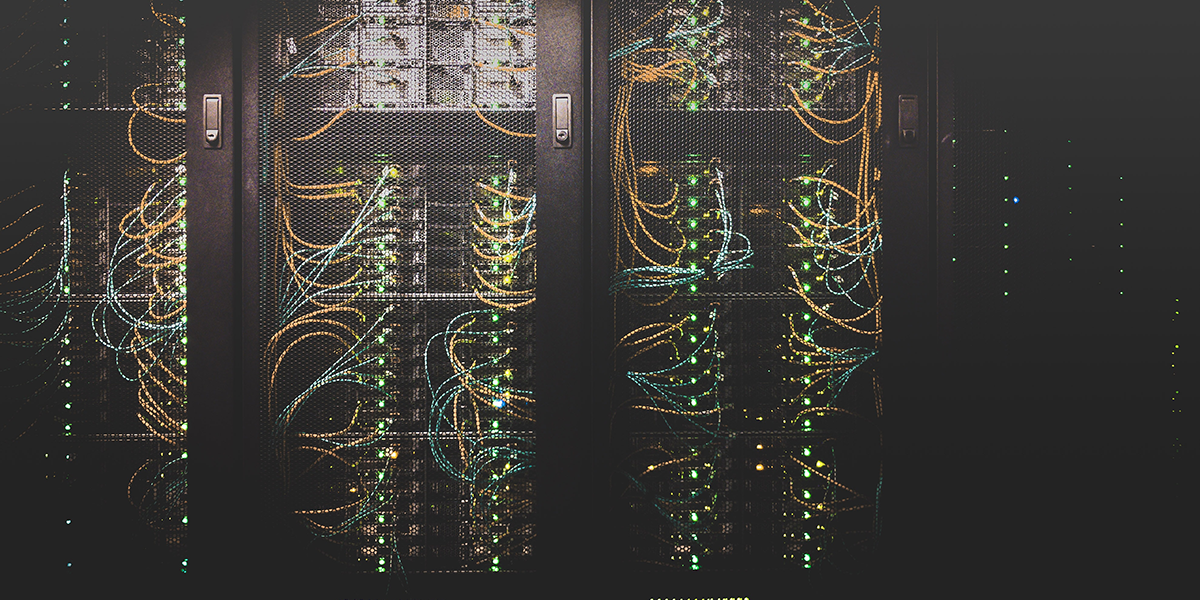Is AI humanity’s silver bullet for a sustainable world?
In 2016, when “The Paris Agreement” was signed, AI was far from being mainstream. How is it going to impact and help us reach our sustainability goals?
During the COP21, 196 parties signed a legally binding agreement to act on climate change, Known as “The Paris Agreement”, its overarching goal is to keep the rise of the mean global temperature to well below 2ºC and pursue efforts to limit it to 1.5°C.
To reach the 1.5º goal, “greenhouse gas (GHG) emissions” must peak before 2025 at the latest and decline 43% by 2030”. In 2022 GHG emissions increased by 0.9%.
The world has to change; we have to change for the future. Is AI the last humanity hope?
But before jumping to solutions, shutting down everything and implementing AI everywhere, let’s look at what does sustainability mean?
What is a sustainable world?
In 1987, the UN defined sustainability as “meeting the needs of the present without compromising the ability of future generations to meet their own needs”.
To be consistent with that definition, sustainable solutions need to take into account three dimensions: “Environmental”, “Social” and “Economic”. They all have to be in balance, and trade-offs must be accepted.
A simple example to illustrate this concept: Let’s imagine a solution that reduces GHG emissions by shutting down the supply of energy for domestic heating. This will remove about 10% of the total emissions (based on ourworldindata.org dataset)
It looks good on paper, doesn’t it? Simple action and a 10% cut. It goes without saying this is not a viable solution, but is it even sustainable? The short answer is NO. It does not respect the “social” dimension: People will die of cold during the winter nor the “economic” one: People will lose their job.
Using this example, it is easy to see that it is not only environmental actions that make our world sustainable.
How do we build a sustainable world?
First and foremost, we need to work together, and I mean it. We are all accountable for our success, and we can not afford to blame others and do nothing. I hear too often things like one saying, “I’m going well, others don’t” or “Aviation is the problem” while recharging an electric car using coal-based electricity and heating the house with gas. To put it in perspective, Aviation is 2% of the total GHG emission, Agriculture is 13%, Road Transportation is 12%, and energy for Residential Building is 11%. Should we stop feeding people?
Don’t get me wrong, GHG emission related to the production and consumption of Energy, with almost three-quarter of the total emission, is by far the largest contributor of all the sectors of the economy.
What I’m getting at is that it is a collective effort, and we need to keep in mind the two other dimensions of sustainability “Social” and “Economics”; otherwise, the solution will not be viable in the long term (i.e., sustainable).
Single solutions will not get us there. We need to work together and innovate across many sectors to reach net-zero emissions.
Can AI be our silver bullet?
The Paris Agreement set the vision: “fully realising technology development and transfer for both improving resilience to climate change and reducing GHG emissions”.
Consequently, identifying Technology solutions as the key contributors to the success and Artificial Intelligence is a de facto part of them.
However, the focus on technology first without Purpose leads to failure. As in every situation where technology is central, we must remember that it is a means to achieve a Purpose. We first need to define what it is.
“Achieving sustainability” as an overarching Purpose is too broad to make your AI implementation successful. You know the old saying, “eat an elephant bit by bit” define achievable goals, succeed and iterate.
Now that we have the three dimensions “Environmental”, “Social”, and “Economic” clear, we have defined achievable and iterative goals and identified where AI as a Product will bring value; we are golden. Aren’t we?
Unfortunately, it is not that simple.
Sustainability is still seen by a large proportion of organisations as a compliance issue rather than an opportunity, and this is one of the major curbs to impactful transformation. Compliance is a cost; opportunity is a generator of value.
To overcome this, we have to change our mindset and embrace sustainability as an opportunity, creating economic value and social equity while positively impacting the environment.
A sustainability culture must be built first, and then AI is used as part of our toolkit to support it. AI is a tool and a great one when it’s used appropriately.
A sustainability culture
It goes without saying that sustainability is a deep transforming initiative. It is a company-wide change, and technology is not the only driver.
From my perspective, there are five pillars to support the success of creating a proper culture:
1 - Mindset change - Sustainability shall drive value rather than be driven by constraints. Adopt a forward-thinking strategy and move from cost-led to revenue generation. For example, offering sustainable customer experience or transforming your supply chain while increasing efficiency are examples of value-creation benefits you can leverage from sustainability initiatives
2 - Ownership - Ownership is always critical in every initiative; this one is no different. Define who owns the initiative and is the champion across the organisation.
3 - Collaborate - This is an organisation-wide initiative; all teams must play a key role in accelerating the sustainability transformation. Having clear roles and governance for sustainability management will facilitate collaboration.
4 - Advocacy & Support - C-Level support is critical but not sufficient. Product & Service teams are your best advocates; they will foster the mindset shift across the board.
5 - Be data-driven - Without data, you can’t measure success. Define KPIs and measure your performance against them. Moreover, without Data, it is next to impossible to be ahead of the curve. Use data as an asset and AI as a tool to accelerate.
With the appropriate culture and mindset, sustainability is, in my opinion, an opportunity of a lifetime.
And AI in all of this?
Keeping the three dimensions of sustainability in mind, “Environmental”, “Social” and “Economic”, I see four key domains which shall drive the transformation and lead you forward:
Sustainability management - A whole new domain in organisations which shall be accountable for meeting sustainability goals, similar to enterprise governance.
Product and Services - Product and service are key influencers in driving sustainability goals.
Technology/IT - No different than with other strategic goals, here to support and empower the rest of the organisation.
Digital Transformation - This one can be seen as the most controversial. From my point of view, sustainability is more than ever a data-driven domain; digital transformation has the unique opportunity to accelerate the change from sustainability as a constraint to sustainability as an opportunity.
As I see it, Artificial Intelligence is not the silver bullet that will “save the world”. However, AI belongs to both Technology and Digital Transformation, putting it uniquely positioned to drive and accelerate the Sustainability Transformation. It has the power to help us reach the Paris Agreement's most ambitious goal.
Note: In the context of this article, I do not address the legal, ethical, security, privacy and other aspects surrounding AI. I consider it as a technology product, and as for other products used, due diligence has been made.
References:
- Paris Agreement: https://unfccc.int/process-and-meetings/the-paris-agreement
- 2022 Emission Increase: https://www.iea.org/reports/co2-emissions-in-2022
- Emission by sector - https://ourworldindata.org/emissions-by-sector
- UN Definition: https://www.un.org/en/academic-impact/sustainability



